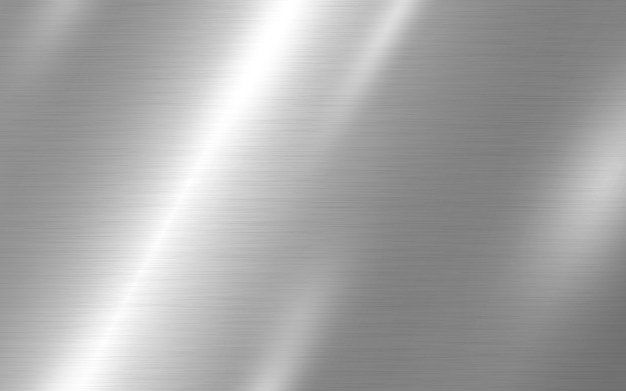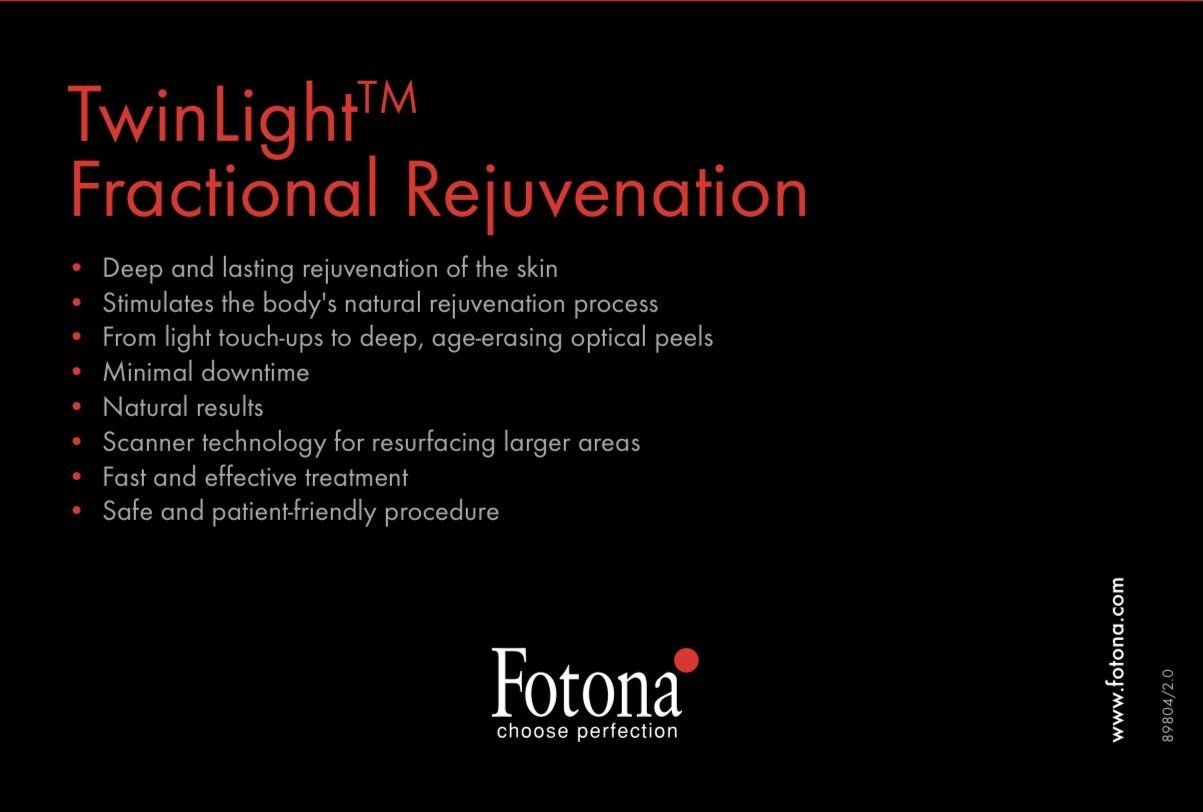
FREE PARKING
Write your caption hereButton
MEDICAL ADVICE
Write your caption hereButton
PROFESSIONAL EXPERTISE
Write your caption hereButton
OVER 30 YEARS EXPERIENCE
Write your caption hereButton
WE WORK WITH YOU TO COME UP WITH THE VERY BEST SOLUTIONS
Write your caption hereButton
CLINICALLY SAFE
Write your caption hereButton
COVID 19 COMPLIANT
Write your caption hereButton
PRIVATE CLINIC
Write your caption hereButton
MEDICAL LED
Write your caption hereButton
FOTONA LASER SKIN RESURFACING
The collective desire to stay forever young has created an enormous market for anti-ageing treatments. Recent developments in laser technology are now delivering a longer lasting and scientifically proven method of restoring the natural beauty of the skin. Unlike traditional treatments such as dermabrasion and chemical peels, the unique characteristics of laser skin resurfacing allow more accurate and precise control over the treatment process.
Laser resurfacing, also known as a laser peel or fractional resurfacing involves the removal of the outer layer of sun-damaged skin using Erbium laser. Subsequent healing results in smoother, softer, and more youthful looking skin. Laser resurfacing is another type of skin resurfacing alongside more traditional chemical peels. Laser skin resurfacing is used to treat many skin concerns including fine lines and wrinkles, facial scarring, coarse skin texture, hyperpigmentation, age spots, acne scarring and discolouration.
Laser resurfacing is most commonly performed in the face and neck region. Laser resurfacing especially when performed at higher treatment parameters allows patients to achieve results in just one treatment and the results can last for many years. The average recovery after laser resurfacing is about 7-14 days on average and during this time, patients should minimise sun exposure, wear protective high SPF sunscreen to minimise the risk of hyperpigmentation. Our practitioners will also prescribe medical grade skin care products to enhance the healing process, your recovery and ultimately the final results.
Laser Resurfacing Expected Results
Reduce or eliminate fine lines and wrinkles
Treatment of age spots, sun spots and solar lentigo
Treatment of acne scarring
Treatment of dyschromia
Eliminate coarse skin texture
Skin tightening
Remove freckles

The Procedure
There are two approaches to laser skin resurfacing: fully ablative and fractional.
In fully ablative resurfacing, the entire surface area of the skin within the laser spot is treated by the laser beam. The laser beam is scanned across the treatment area using specialist lase scanners and precisely removes the superficial layers of the skin – micron by micron. During the healing phase, the old, aging and sun-damaged skin that was removed will be replaced with a fresh, healthy-looking layer. In terms of depth of penetration, treatments can range from superficial, light peels to deep peels reaching beyond 100 microns. Light peels are indicated to remove fine lines, sun spots and aged-looking skin; deep peels are applied to improve skin tone and texture and eliminate deep wrinkles, even notoriously hard-to-treat smoker’s lines and crow’s feet. Light peels have a shorter downtime but deeper peels have more dramatic treatment effects. It very much depends on your tolerance of downtime with some of the more deeper laser treatments.
Ideal candidates for laser resurfacing
This is a suitable procedure for those who are concerned about fine lines, wrinkles, skin texture or acne scars. It is suitable for those who do not wish to undergo a surgical procedure, do not want to use any chemicals .You will need to be at least 18 years old to undergo the laser resurfacing procedure.
Good candidates for laser resurfacing
Lighter skin types, Fitzpatrick types 1-3
Those who would like to reduce fine lines around the periocular or perioral region
Tightening of loose skin of the upper and lower eyelids as an alternative to a blepharoplasty
Those wanting to reduce hyperpigmentation, age spots or freckles
Treatment of facial scars including all types of acne scars
Are in good overall health with realistic expectations of what laser resurfacing can achieve
Non-smokers
Benefits of laser resurfacing
There are numerous benefits for undertaking laser skin resurfacing, including:
Able to rejuvenate the skin without surgery or the use of chemicals
Suitable for any skin type
Reduced downtime
Allows for precise and accurate control during treatment, giving you the best results
Laser skin resurfacing delivers outstanding results and will significantly improve fine lines and wrinkles and smoothen out acne scars. However it cannot completely remove very deep wrinkles or severe skin laxity with heavy jowl formation and saggy skin. In these cases, our surgeons will need to carefully assess you to determine if a surgical procedure such as a facelift would be more appropriate with your laser resurfacing procedure. For patients with darker skin types such as dark brown or black skin types (Fitzpatrick type 4-6), laser resurfacing may not be an ideal option. The risk of developing hyperpigmentation during the recovery process is higher in darker skin types. For all skin types, it is very important to commence a skin preconditioning regimen for at least 4-6 weeks prior to laser resurfacing. Preconditioning consists of prescription grade skin care products such as tretinoin and 4% hydroxyquinone. The preconditioning protocol prepares the skin for the effects of the laser and optimises recovery and treatment outcomes.
Laser resurfacing, also known as a laser peel or fractional resurfacing involves the removal of the outer layer of sun-damaged skin using Erbium laser. Subsequent healing results in smoother, softer, and more youthful looking skin. Laser resurfacing is another type of skin resurfacing alongside more traditional chemical peels. Laser skin resurfacing is used to treat many skin concerns including fine lines and wrinkles, facial scarring, coarse skin texture, hyperpigmentation, age spots, acne scarring and discolouration. Laser resurfacing is most commonly performed in the face and neck region. Laser resurfacing especially when performed at higher treatment parameters allows patients to achieve results in just one treatment and the results can last for many years. The average recovery after laser resurfacing is about 7-14 days on average and during this time, patients should minimise sun exposure, wear protective clothing and wear high SPF sunscreen to minimise the risk of hyperpigmentation. Our practitioners will also prescribe medical grade skin care products to enhance the healing process, your recovery and ultimately the final results.

Will I need more than one laser resurfacing treatment?
For most patients, laser resurfacing is able to treat most skin issues in only one treatment. The final results may not become apparent until six months after treatment particularly after deep laser resurfacing. Some skin conditions such as acne scarring or more severe skin aging are notoriously difficult to treat and may require a number of treatments to get good results. In many cases, skin resurfacing options include milder chemical peels as a second treatment after a first laser resurfacing treatment to ‘fine-tune’ the result.
What is the Recovery after laser resurfacing?
Common side effects:
A burning sensation of the face with associated swelling develops over the first 24 hours and takes about 24-48 hours to resolve. This is a non-invasive procedure, so there is very little recovery time. You will be able to return home the same day as the procedure. You may experience redness on the skin that may feel similar to a mild sunburn. This may last for around 48 hours. After around 36 hours the skin will begin to peel. After seven days you may wish to do a light exfoliation to remove any peeling skin.
You should avoid any exercise for the first 24 hours. Avoid any sun exposure and applying any makeup for the first 48 hours. Avoiding makeup will help reduce the possibility of any acne breakouts. During this period make sure to keep the skin moisturised and hydrated.
Are there any risks and potential complications of laser resurfacing?
Laser resurfacing is a safe procedure when performed by appropriately trained practitioners. At our Clinics, risks are minimised by meticulous patient selection and thorough pre-procedure preparation.
Who is not suitable for laser resurfacing?
Pregnancy
Breastfeeding
Active skin infection
Open wounds
Inflammatory skin conditions
Drugs with photosensitivity side effects
Potential risks of laser resurfacing.
Post-inflammatory hyperpigmentation
Excessive burning
Infection
Persistent itchiness
Facial scarring
Persistent redness
Herpes virus reactivation
FOTONA LASER SKIN RESURFACING
BEFORE AND AFTER GALLERY
Contact Us
We will get back to you as soon as possible.
Please try again later.







